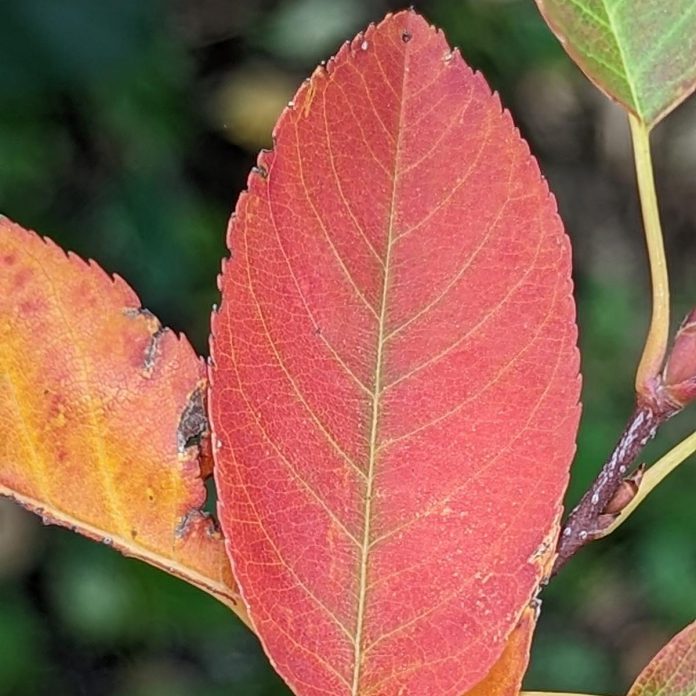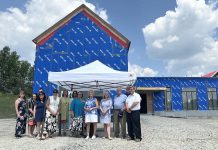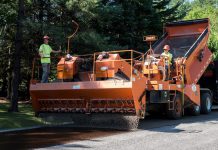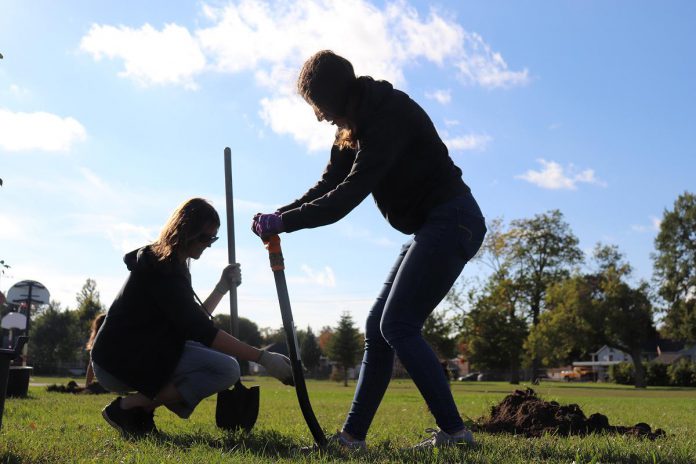
Autumn is in the air and nothing brings the season better to mind than our neighbourhood trees. While some folks might argue pumpkin spice is the one to do so, I would disagree.
The changing of the green leaves to bright reds, oranges, and yellows, the tranquility of leaves gently tumbling to the ground on a warm autumn day, and the sweet smell of leaves starting their process of decay — I think these are the true harbingers of autumn.
Autumn is also a great time to plant a tree. Once the leaves drop and the plant becomes dormant, the cool air stimulates new root growth and gives a newly planted tree time to become established. This gives your new leafy friend a much better chance to survive the next summer’s stressors such as extreme heat and drought.
This past summer brought forth some strong reasons to consider planting a tree this fall.
It was a hot one. 2023 had a summer of intense temperatures. Many high temperature records were broken across Canada and across the world. Planting a tree in an urban environment helps cool the air.
Urban trees reduce heat islands by producing shade and releasing cooling water vapour into the air. A well-treed neighbourhood can reduce local temperatures by approximately 10 to 20 degrees Celsius overall.
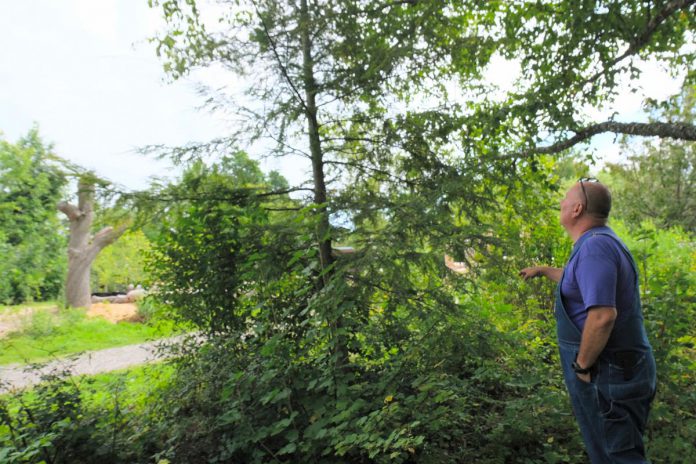
It was a dry one. Higher temperatures dried out our forests and caused a much more intense fire season this year. For many of us, this also meant many days of poor air quality warnings.
Planting a tree in your yard can help clean and cool air in a couple of ways. Trees cool the air, which then reduces the load on our power needs. According to the United States Department of Forests and Agricultural Services, just three trees properly grown around a house can save up to 30 per cent of the home’s energy use.
Trees also filter pollutants through their needles, leaves, and bark, all while producing much-needed oxygen.
It was an unpredictable one. Heavy rainfall and flooding occurred at the beginning of August here in Peterborough.
The foliage of urban trees slows the flow of water and the root system holds soil in place reducing flooding and erosion. A mature tree, one that is 15 centimetres in diameter or larger, can intercept up to 2,000 litres of rainfall a year.
Trees also hold a lot of water. It is estimated that a tree is about 50 per cent water by weight.
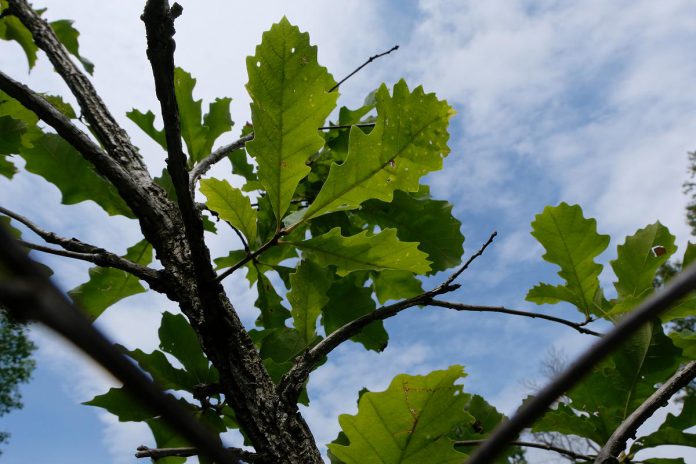
It is clear that climate change is having an impact on our neighbourhood trees. Forest fires and record-breaking local temperatures are both symptoms of climate change. To reduce greenhouse gas emissions that contribute to raising global average temperatures, we need more carbon dioxide sinks.
Forests are natural carbon sinks because they use photosynthesis to remove and store carbon dioxide from the atmosphere to produce oxygen, putting the carbon to good use in the tree’s wood and sending it to the soil. A popular cited 2022 study by the European Environment Agency suggests that a mature tree can absorb roughly 22 kilograms of carbon dioxide a year.
While there are many practical reasons to plant a tree this fall, let’s not forget that trees are just magnificent. By planting a tree this fall you are investing in the future, creating benefits and beauty that will continue to grow for many years to come.
If you are thinking of planting a tree this fall and need some advice, GreenUP’s Native Plant & Tree Nursery located at 1899 Ashburnham Drive is open until Thanksgiving weekend (October 6). Although we don’t carry pumpkin spice, we hope by planting a leafy friend you will spice up your autumn season.
You can request the City of Peterborough plant a new street tree in the road allowance (such as a boulevard) for next year’s planting season through the city’s online tree planting request form.
The City of Peterborough will also be hosting a tree giveaway on Wednesday, September 20th. Peterborough residents can pick up trees from 11:30 a.m. to 1:30 p.m. and from 4 to 6 p.m. at 300 Hunter Street East in the north parking lot beside the Peterborough Museum and Archives. Keep on the Trees page on the city’s website for more details.
